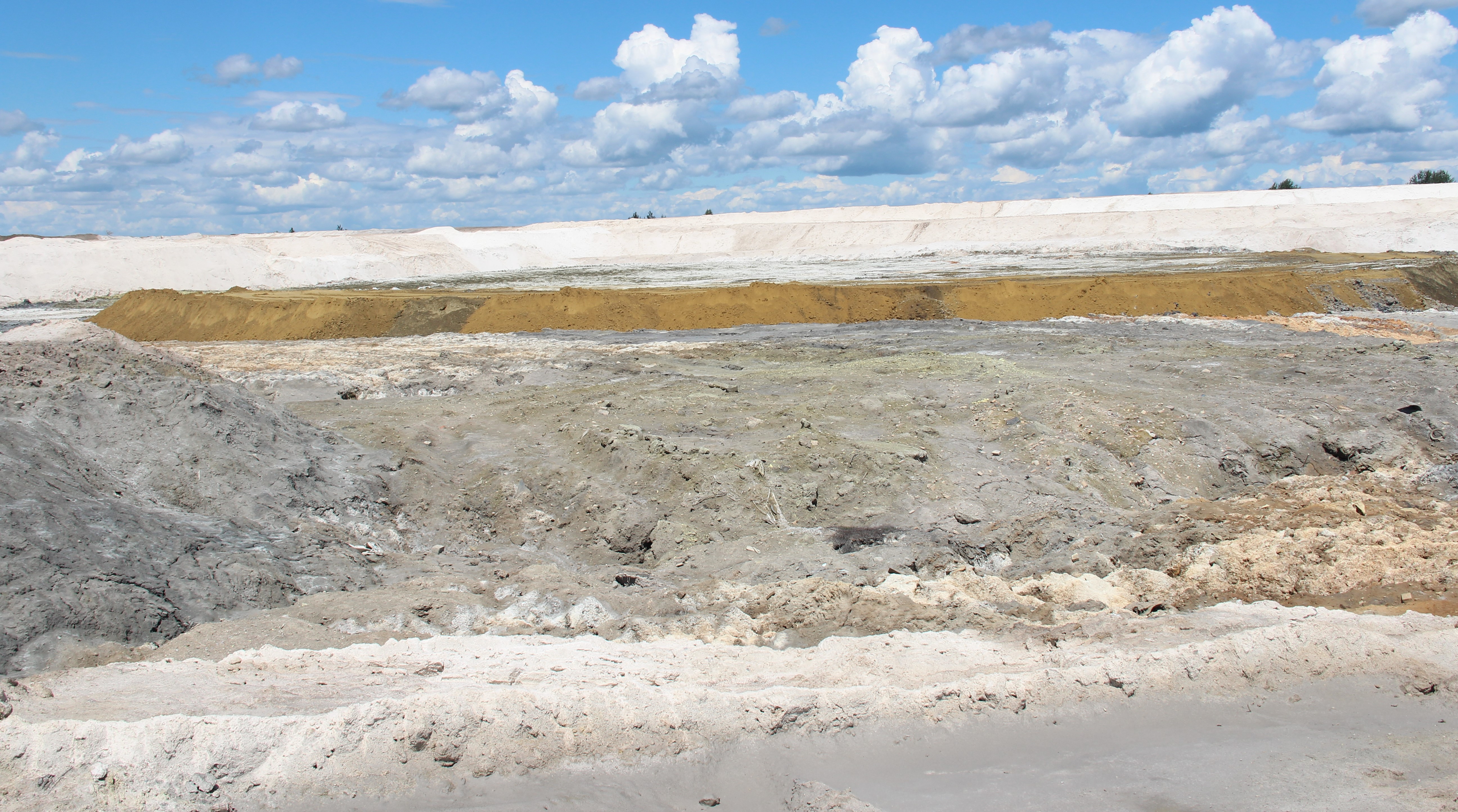As part of the PG2CRM project, new research article is available online in Journal of Cleaner Production
Phosphogypsum (PG), a byproduct of phosphate fertilizer production, is a significant global waste stream, with almost 300 million tons generated annually. Unfortunately, only a small portion undergoes further processing, while the majority is stacked or discharged into coastal waters. In this engaging research article, we delve into a critical review that explores the physical-chemical properties of PG from sedimentary and magmatic phosphate ore. The study draws upon extensive research spanning over 25 years, conducted at École des Mines de Saint-Étienne, and examines samples from 67 industrial storage sites worldwide. Join us as we uncover the challenges and potential solutions for utilizing PG in a circular economy framework.
Understanding PG's Properties
To shed light on the characteristics of PG, various analytical tools were employed, providing valuable insights into its physical-chemical properties. The review highlights the low radioactivity found in PG, particularly those derived from sedimentary phosphate rock. While this makes PG a potential raw material for construction, it also poses challenges in terms of regulatory compliance and public perception. Additionally, water-soluble and volatile chemical compounds within PG present environmental management hurdles that need to be addressed.
Global Perspectives and Laboratory Synthesis
By considering PG samples from storage sites worldwide, the review provides a comprehensive global perspective on the composition and challenges associated with PG management. Furthermore, laboratory-synthesized PG samples created under different conditions contribute to a deeper understanding of the material's behavior and potential applications. The authors meticulously analyze the findings, critically assessing the implications for sustainable management strategies
Advancing Towards Circular Economy
Although PG may not pose an immediate threat to the environment, the review advocates for a shift in the approach to PG management. Rather than relying on storage or disposal, the authors emphasize the importance of processing all PG to eliminate potential long-term risks and harness its potential as a relevant secondary resource. By integrating PG into a circular economy framework, its value can be maximized, contributing to sustainable resource utilization and reducing waste generation.
Conclusion
This critical review sheds light on the global landscape of PG production, storage, and potential utilization. By providing a comprehensive analysis of PG's physical-chemical properties, the study highlights the challenges associated with its circular economy integration. With a strong focus on long-term risk mitigation and resource optimization, the authors advocate for processing all PG to unlock its full potential. This research sets the stage for further exploration and collaboration, aiming to transform the perception of PG from waste to a valuable resource within the global phosphogypsum circular economy.
As we embark on a path towards a more sustainable future, incorporating the findings of this review can lead to innovative solutions in PG management, fostering environmental stewardship and supporting the transition to a circular economy paradigm.
Stay tuned for further research and developments in this critical field as we work towards unlocking the hidden potential of phosphogypsum and about OUR PROJECT PG2CRM!
Article is available (Open Access) here or in the attached file.


